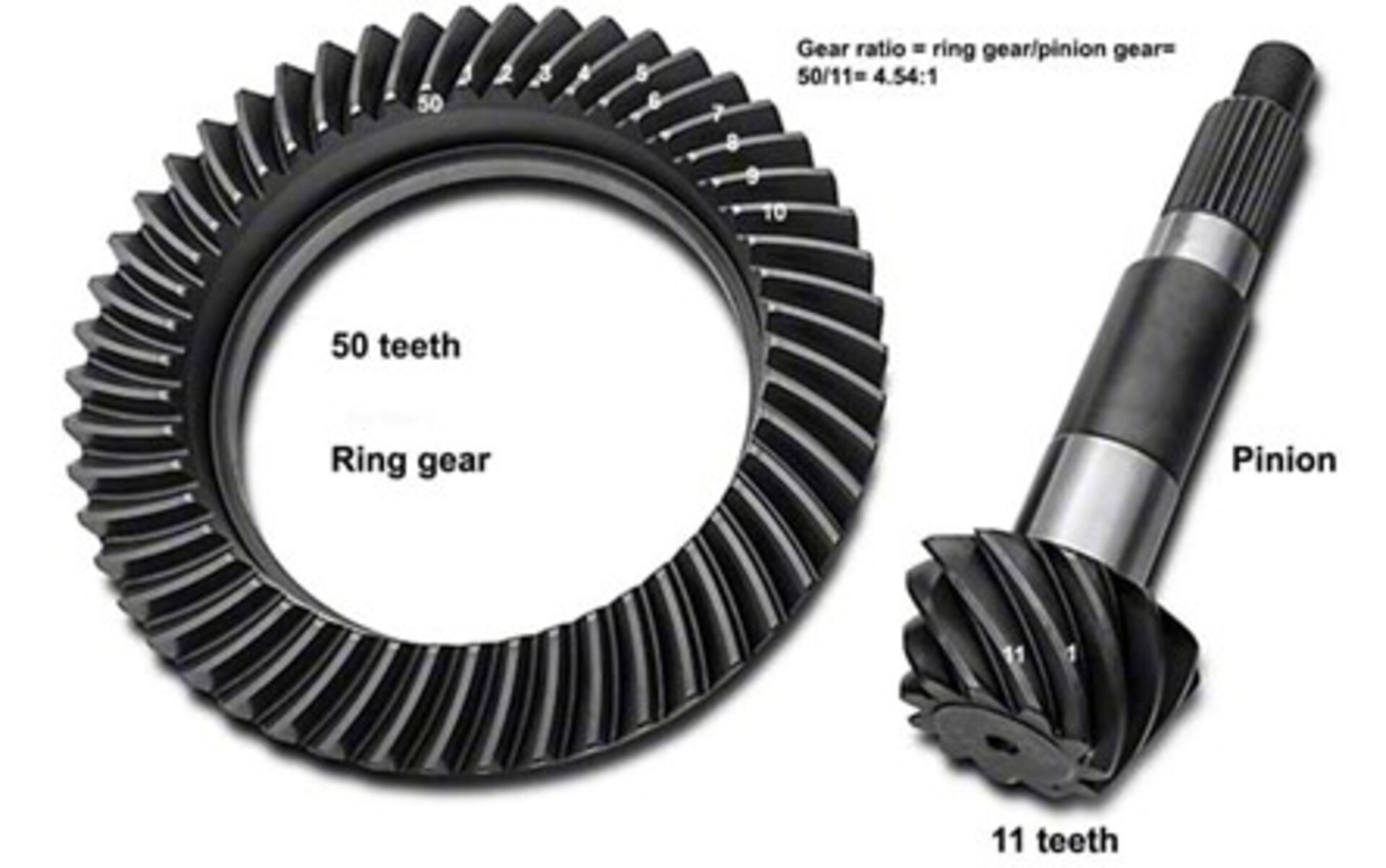A Guide To Gears: How They Work & Their Applications

Technology advancements are redeï¬ning transportation from traditional mechanics to advanced sustainable, entertaining, and related mobility enabled by electronics and software. To stay relevant on this fast-changing market, automakers should revisit how they strategy all features of product design, improvement, and manufacturing. Our dedication to customized options continue has enabled us to assist the success of substances manufacturers of every kind and sizes that serve a breadth of areas within the automotive industries. The forward-drive clutch is disengaged and the first ring gear freewheels. The second planet provider is braked and the solar gear causes the planet gears to drive the second ring gear in the reverse direction to provide reverse drive.

This means that the radius of the contact level gets larger as the teeth interact. Bevel gears are helpful when the course of a shaft’s rotation must be modified. They are cone-shaped and usually mounted on shafts which would possibly be 90 degrees aside, but they can be designed to work at other angles as nicely. The enamel on helical gears are minimize at an angle to the face of the gear.
Automotive Gear Market Recent Developments
For instance, if your transmission breaks, your automobile is stuck, or the gasoline and brake pedals are not working, neutral lets the wheels turn freely to get it towed or fixed. But even then, be very cautious and only use it when there is no other choice. To avoid these points, all the time ensure your vehicle is totally at a standstill before shifting into the park gear.
Manufacturing Capabilities
Manufacturers usually use alloy steels like nickel-chromium-molybdenum alloys similar to 4340 or 4140 to make transmission shafts. These alloy steels are cost-effective and offer a good steadiness of power and toughness required for the application. More importantly, metal transmission shafts are suitable with warmth treatment processes to reinforce energy and hardness. From a supplies perspective, metal AM has been dominated by titanium alloys, nickel and cobalt-based superalloys, and stainless steels. Lack of familiar gear steels is certainly one of the factors that has limited the adoption of AM within the power transmission trade. But a variety of the steels usually used for gear making can be found, and more supplies are being brought to market daily.
